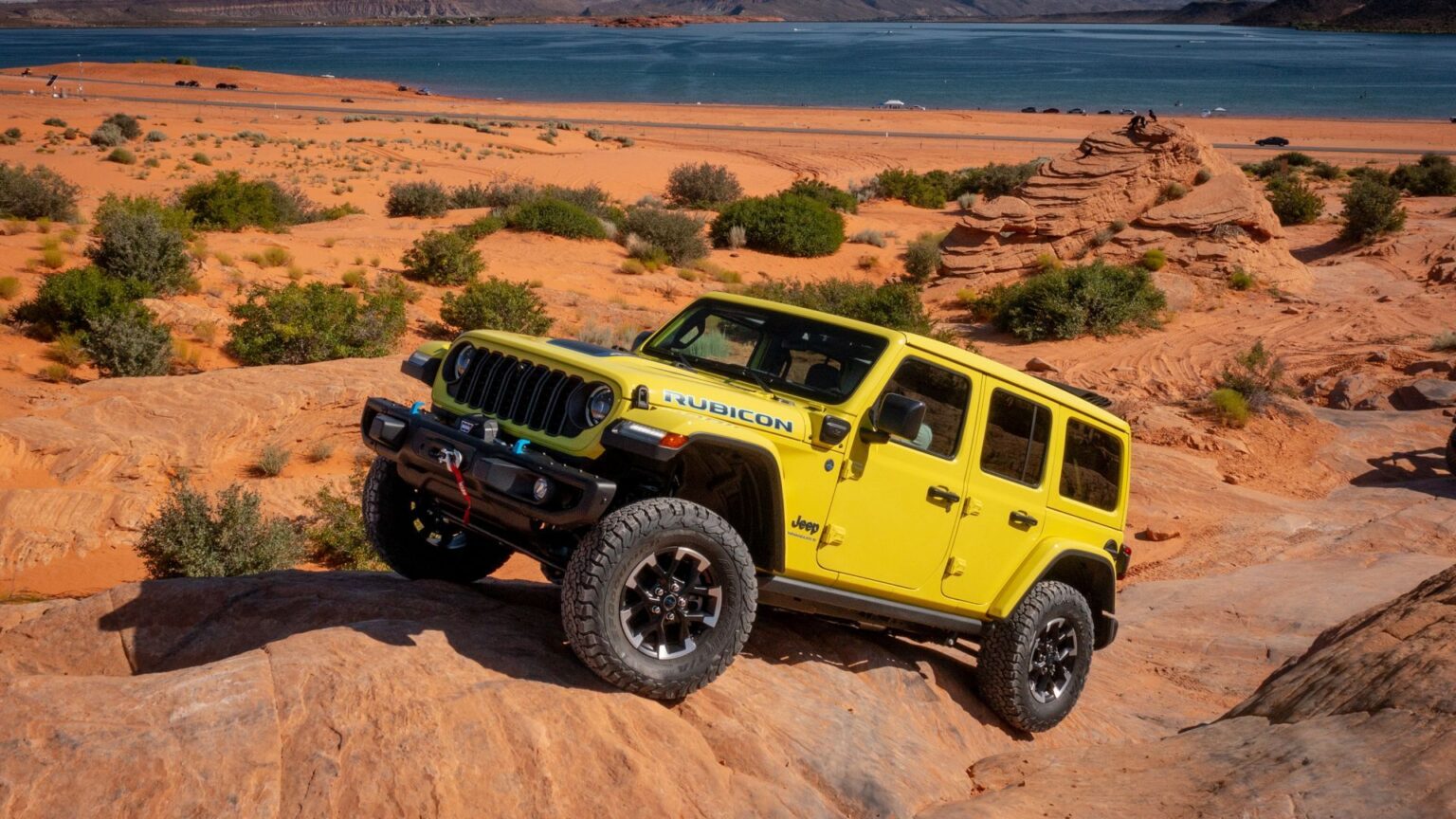Stellantis Europe recently confirmed it’s shifting its product strategy towards hybridization, according to Britain’s AutoExpress. After speaking with the outlet, the conglomerate’s European head, Jean-Philippe Imparato, told the outlet its plan is to significantly boost the company’s hybrid offerings in the near future—a strategy that will likely make its way to Stellantis North America, if it hasn’t already.
Hybrids and their plug-in variants have gained significant popularity recently after automakers realized their EV investments haven’t been paying off from lack of demand. This is from the recent “EV slowdown,” where electric vehicles haven’t been flying off the lots due to market apprehension. Inconvenient and unreliable charging infrastructure, range anxiety, and high costs of entry continue to prevent EVs from truly proliferating in the market. The solution in the meantime until someone figures out the problems with charging infrastructure and times: hybrids.
Stellantis Won’t Be “Cutting ICE” Availability To Push For EVs
According to Imparato, Stellantis plans on upping its hybrid offerings significantly as EVs continue to sit on lots unsold from lack of interest. Utilizing a hindsight perspective, he also said that the company won’t do what others are doing, which is “cutting internal combustion engine” availability to prop up Stellantis’ market share. Instead, he’s refocusing the company’s hybridization efforts on small car segments and other areas where electric vehicles are simply too expensive for their intended buyers.
“If you want to reach 20 percent BEV mix, we have two solutions: product, or cutting ICE. And cutting ICE is something I cannot stand. I don’t support that. I don’t want to do that. That is the last decision I will make,” Imparato told AE. “It will be a drama for the industry, for our people, for our factories. So the decision is to ease compliance of our people.”
– Jean-Philippe Imparato, Stellantis Europe Head
Automakers have been pushing for electrification as federal bodies both in Europe and America mandated a sales ban on ICE-powered cars by 2035. Even though it was more than 10 years away when the mandates passed, it sent the entire industry into a frenzy. But that frenzy hasn’t paid off and instead, strained automakers’ resources and finances, which is starting to catch up.
Focusing On The Immediate Future
“2035 is not a problem for me today; the question for us is not 2035. The question for us is the coming three years. The end of the game is not in question, but the rhythm, the pace, the speed, the conditions, the methods we used to go there must be aligned,” Imparato continued. “The question we have to speed up, due to the changes we see on the market, is more the powertrain set-up; an enlarged offer of MHEV, and the new offer on HEV on some segments. But we react based on the market evolution. In terms of offer, Stellantis will be there. And Stellantis will be there with the right entry price.”
Some of Stellantis’ hybridization efforts can already be seen here on U.S. shores. As of today, the Chrysler Pacifica Hybrid, Jeep Wrangler and Grand Cherokee 4xe, the Alfa Romeo Tonale Hybrid, and even the Maserati Grecale Hybrid, are all currently available. In Europe, Citroën recently expanded its hybrid offerings to include the C3, C4, and C5 and all of its variants.
Back in July 2024, Stellantis confirmed its new plan to have up to 30 hybrid models available in Europe by the end of last year, with six new launches planned through 2026. The confirmation surfaced with the company’s mid-year sales report.
Read the full article here


